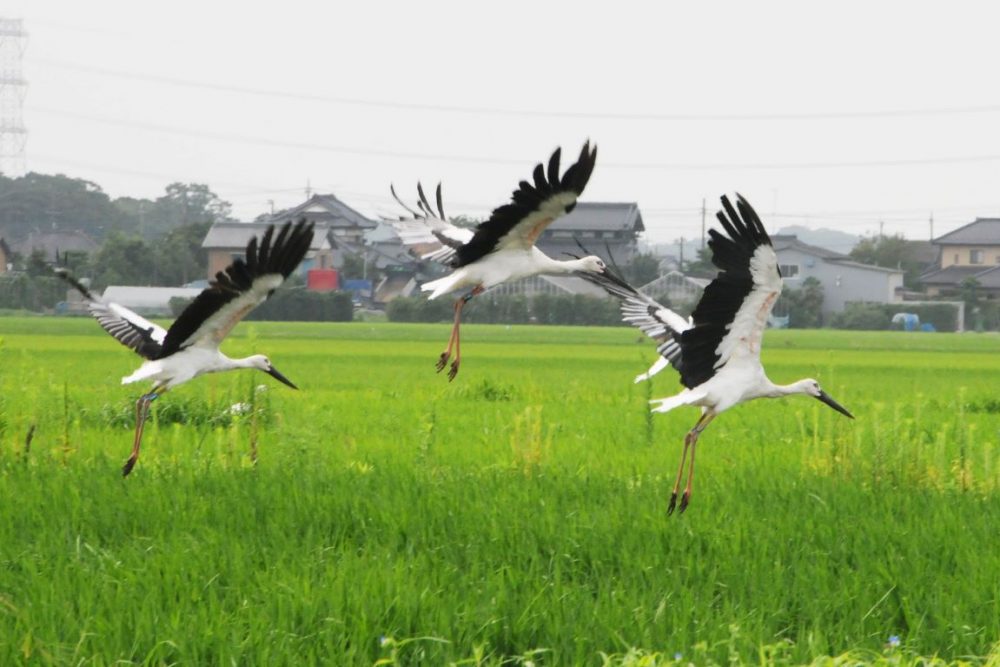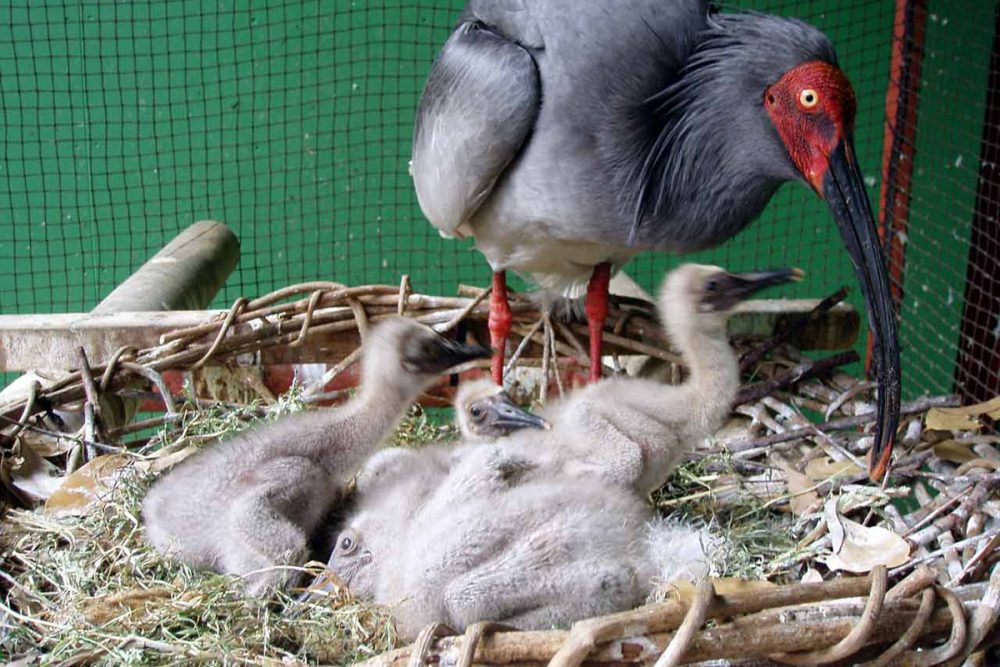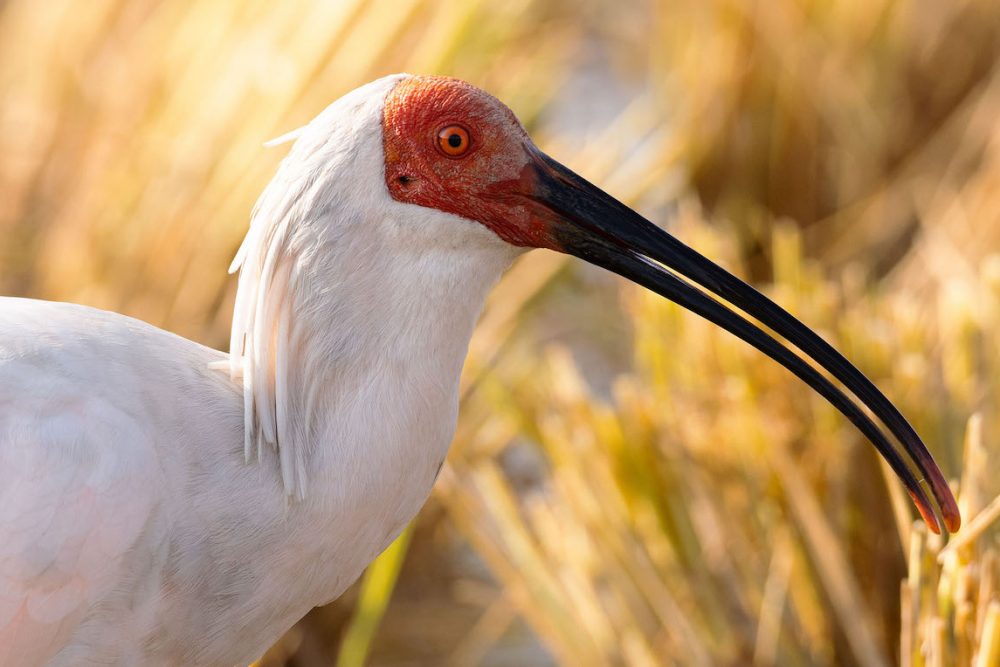Akiruno City Makes Headway in Saving the Endangered Tokyo Salamander
Ongoing community efforts in a city in western Tokyo have been the key factor in the partial recovery of a rare Japanese salamander population.
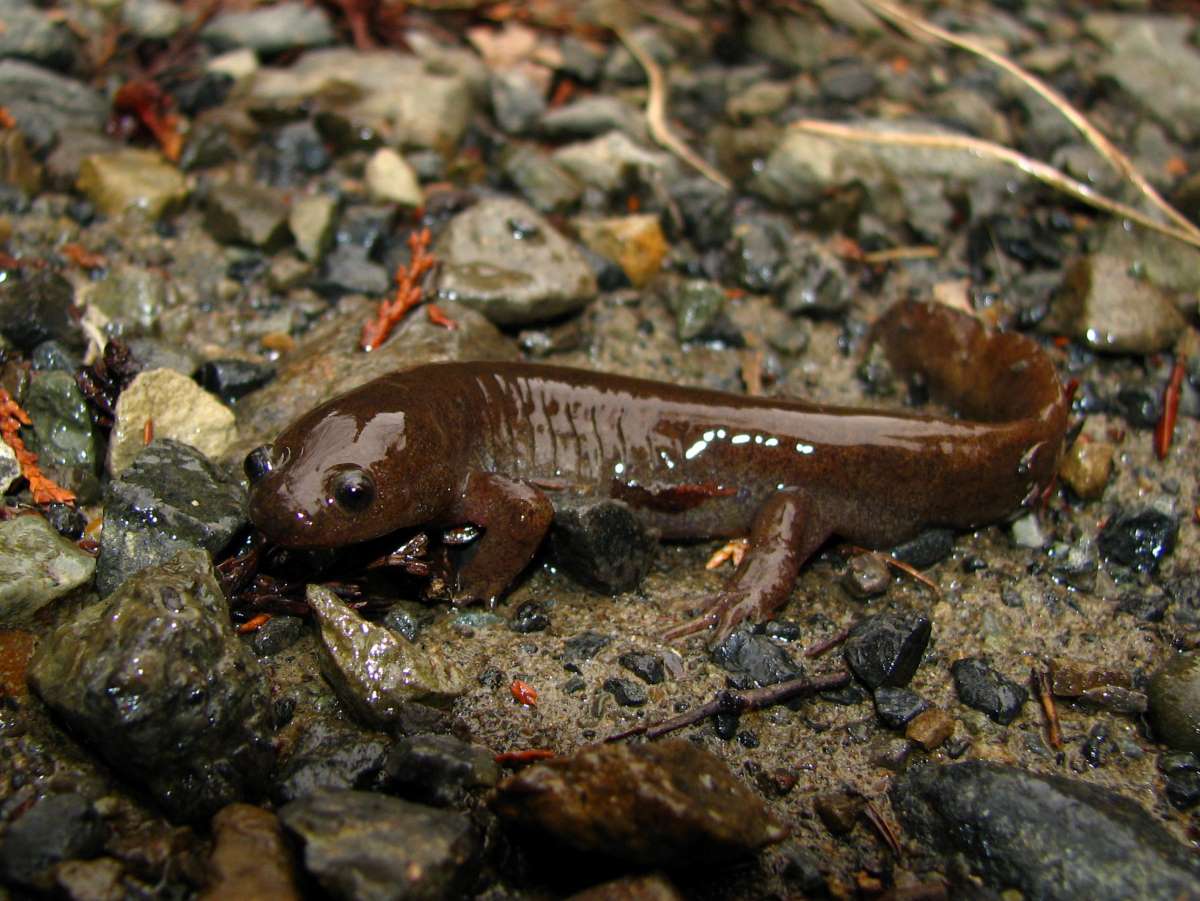
このページを 日本語 で読む
The Tokyo salamander, with its black protruding eyeballs, is a small salamander endemic to Japan. It was discovered about 90 years ago in Akiruno City (formerly Tasai Village) of Tokyo, and named the 'Tokyo salamander' in honor of the area where it was found.
Over the past 40 years, its population has declined dramatically, and it is now an endangered species. The city of Akiruno, where the salamander originally discovered, is making a concerted effort to conserve the species.
A New Species Named for Tokyo
Akiruno is located just under 50 km from central Tokyo, about an hour's train ride away. Surrounded by mountains and hills on all sides, the city retains a satoyama landscape with farms spreading across its flatlands.
The Tokyo salamander lives in obscurity in this rich natural environment. Ranging about 8 to 13 cm in length, the salamander's body color varies from yellowish light brown to dark brown, or black with shiny bluish-purple shades, depending on the individual.
They are found in hilly areas up to 300 meters above sea level in five prefectures of the Kanto region, and particularly in the Nishitama area and the Miura Peninsula in Kanagawa Prefecture.
The salamanders spend most of the year in the moist ground under dead leaves and fallen trees. During their roughly two-month breeding season from March to April, they appear in spring-fed ponds and rice paddies near human settlements and lay croissant-shaped egg sacs small enough to fit in the palm of one's hand.
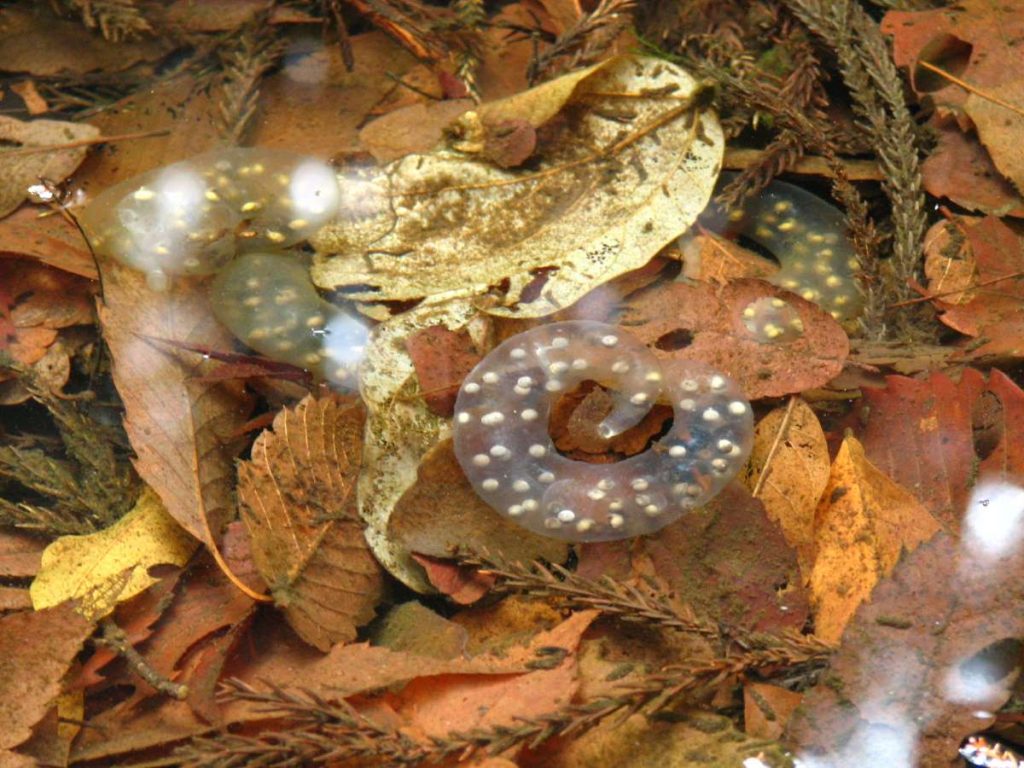
In 1931, a zoologist closely examined some specimens caught in Akiruno and discovered slight differences in tooth shape and tail shape. The newly discovered salamander species was then recognized.
Previously, it had been classified as a subspecies of the Kasumi salamander, found mainly in western Japan. Locally it was known as 'yamakaji' (literally 'sculpin of the mountains') because of its similarity in appearance to the fish.
Increasing Risk of Extinction
In the latter half of the Showa period (1926-1989), satoyama began to give way to housing developments. The number of salamanders began a sharp decline. Since 2006, the Tokyo salamander has been listed as an endangered species (Threatened II—Vulnerable) on the Ministry of the Environment's Red List, noted to be a "species at increasing risk of extinction."
Since the late 2000s, Akiruno City has been working to conserve the Tokyo salamander and other rare species.
In 2019, the city added the salamander to its own Red List (amphibians category), designating it as a species "highly threatened with extinction in the wild in the near future." This 'Endangered IB' level designation is one level higher than the Ministry of the Environment's Class II designation.
The city has mainly utilized 'forest rangers,' professional staff with knowledge and experience in environmental conservation in its efforts. These include continued maintenance of spawning grounds and extermination of invasive alien species such as raccoons, a natural enemy of the salamander.
A Recovery in Tama
"It is fascinating to be able to see salamanders so close to a big city," says Pablo Aparicio, 42, from Spain. Aparicio has been conducting field surveys since the forest rangers were established in 2010.
Aparicio, who is also involved in selection for the city's Red List, explains, "it would be difficult for the Tokyo salamanders to make a recovery to their original number once they have decreased. So humans need to be proactive in their conservation efforts."
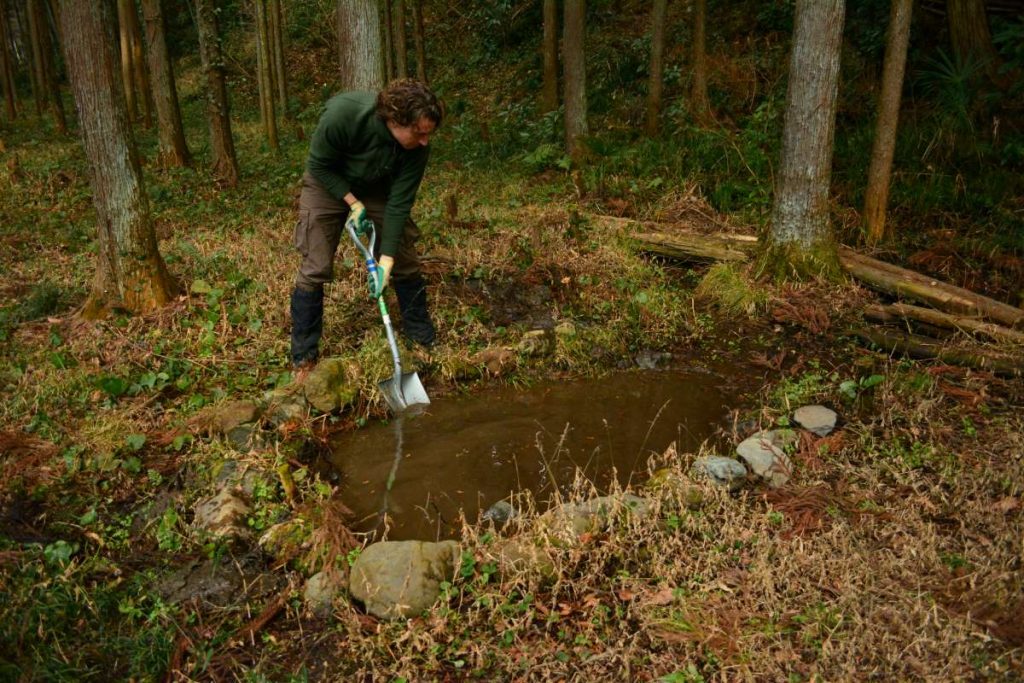
He also points out that the decline of the sensitive Tokyo salamander has been greatly affected by environmental changes and destruction of nature. The increase in abandoned fields due to a decreasing farming population and forests of only coniferous trees planted for their lumber are factors.
According to a survey by the Research Society on the Tokyo Salamander, a group involved in the city's conservation activities, the number of egg sacs found at spawning sites in the city has increased by approximately 35% over the 20-year period since 1998.
As the only known recovery of the species in the Tama area, these numbers show that conservation efforts are bearing fruit.
Aparicio emphasizes, "preserving nature does not mean just leaving it be, but rather that humans should properly care for it."
"To increase the number of Tokyo salamanders, we must ensure that the surrounding natural environment, including rivers, forests, and satoyama, is healthy. Step by step, we hope to restore the nature to its original state," he adds.
このページを 日本語 で読む







